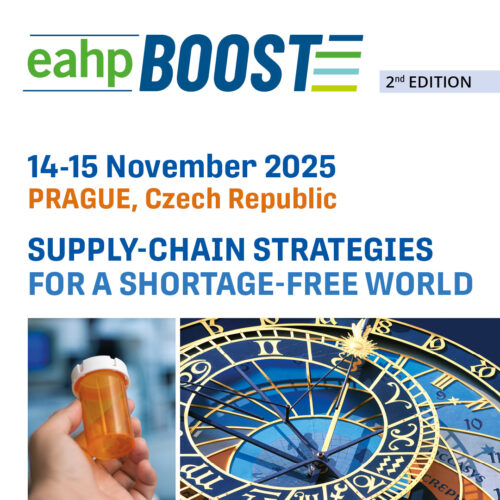
Linked to EAHP Statements:
Section 4 – Clinical Pharmacy Services: Statements 4.1, 4.2, 4.3, 4.4, 4.5, 4.6, 4.7
Section 5 – Patient Safety and Quality Assurance: Statements 5.1, 5.2, 5.5, 5.9
ACPE UAN: 0475-0000-18-005-L04-P. An application based activity.

Abstract

For decades, vitamin K antagonists such as warfarin were the only oral agents available for long-term anticoagulation. Warfarin’s variable bioavailability, drug-drug interactions and necessity for regular monitoring of the antithrombotic effect has been a “hard nut to crack” for clinicians for many years. The recent introduction of direct oral anticoagulants (DOACs) broadened the options in the prevention and treatment of thromboembolic events. Their wider therapeutic window, fewer drug and food interactions, no need for routine monitoring and more predictable pharmacokinetics present some advantages that have encouraged clinicians to prescribe DOACs on a large scale basis.
However, there are unmet needs in managing atrial fibrillation (AF) patients. Approximately 360.000 new cases of AF-related stroke occur annually in the European Union1. Oral anticoagulant (OAC) therapy reduces the risk of AF-related stroke by 64%, however, still up to 40% of AF patients do not receive OAC2. About 37% of documented chronic AF patients are unaware of their status and only 20% of patients are aware of the benefits of OAC therapy to prevent stroke3.
The pharmacist has an important role in educating patients on oral anticoagulants as well as in their management, e.g. regarding correct dosing, adverse effects, or the importance of medication adherence.
During this session, three pharmacist practitioners members of iPACT (International Pharmacists for Anticoagulation Care Taskforce), will present projects elaborated by pharmacists that contribute to a better care taking of patients suffering from AF.
Learning objectives
At the end of the seminar participants should be able to:
- Explain the differences between anticoagulants, their pharmacodynamics and pharmacokinetics;
- Describe the management of different anticoagulants in perioperative settings;
- Describe and interpret the laboratory results used to assess anticoagulation effect; and,
- Define the possibilities for reversal of anticoagulation effect.
Educational need addressed
The related risk of anticoagulants makes the development of pharmaceutical care for anticoagulated patients mandatory. The hospital pharmacist needs to be trained and skilled to help these patients make the best use of these medicines.
Keywords
Pharmacokinetics, anticoagulant agents, anticoagulation, pharmacodynamics
1. Eve Knight Co-Founder and Chief Executive of AntiCoagulation Europe
2. http://www.heartrhythmalliance.org/files/files/aa/for-clinicians/141127-FINAL-Interactive_Route_Map_for_Change.pdf
3. Lip GYH, Kamath S, Jafri M, Mohammed A, Bareford D. Ethnic differences in patient perceptions of atrial fibrillation and anticoagulation therapy: the West Birmingham Atrial Fibrillation Project. Stroke. 2002;33(1):238‑42



























